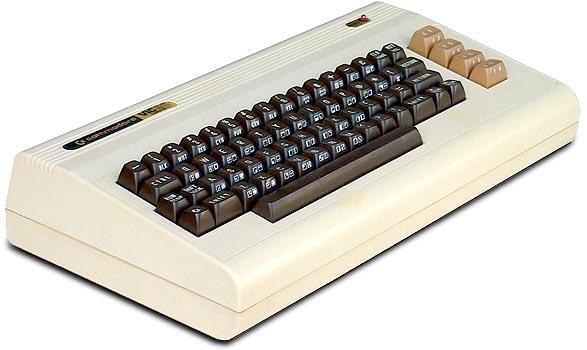I haven't actually gotten the computer yet though, even though I purchased it on May 27th. After about a week of nothing, the seller actually emailed me and apologized for the delay and said they would include a C2N Datasette with it, which is pretty cool both that they did so and also that I'll finally have a Datasette after 30+ years. Checking the auction, I noticed that a shipping number had finally been assigned to my order, but when I checked the progress, it never went anywhere. It said that the shipping hadn't actually dropped off the package yet. It stayed like that for over a week again, and I was about to send a message to the seller again, but then finally it's moved. As of Friday, it finally departed a USPS facility in Federal Way, WA. So I've probably still got a while before it gets here. The auction said it had been tested, so I'm hopeful that it will work and looking forward to playing with it.
Toward that end, I've been doing some reading on the VIC-20. If you're a Commodore afficionado, then you've undoubtedly been to DLH's Commodore Archive. This is a great site because it has a huge archive of books in PDF form relating to all of Commodore's computers. That's where I got my library of PDF's for both my C128 and C64, and the site didn't disappoint for the VIC-20 either. I'm currently working my way through "VIC-20 Machine Language Guide" by Roy Wainwright and Arnie Lee. I like the book because it seems to focus less on actually teaching 6502 machine language and more of how to use it with the VIC-20. This is good for me because while I'm not 6502 assembler expert, I do know enough to be beyond a beginner's book. But a book that discusses how to interface with the VIC-20 from machine language is useful.
All this is for my new project (which will probably end up like most of my other projects, unfinished) which is a Forth implementation for the VIC-20. Now there's already VIC-Forth, but it came out in cartridge form, which means that it had access to most of RAM. But I was curious if I could write a usable Forth implementation, even a limited one, on an unexpanded VIC-20 that would be loaded from disk. This means that, instead of residing in ROM as a cartridge would do, the Forth environment would have to reside in RAM along with the program that the user is building. In a 5k machine (really 3.5k once you factor in screen/color RAM), this will be tough.

No comments:
Post a Comment